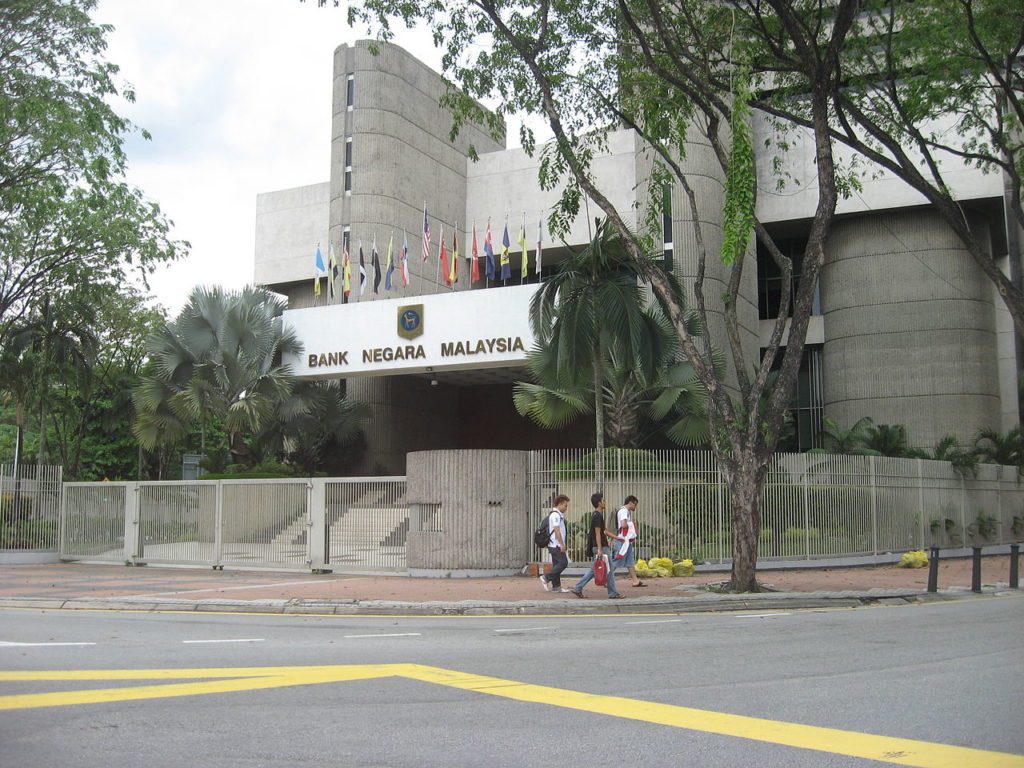Its main purpose is to issue currency, act as banker and adviser to the government of Malaysia and regulate the country’s financial institutions, credit system and monetary policy.
The Central Bank had previously maintained branches in each of the state capitals. Most of them were closed in the 1990s when retail banks began taking over most of the counter services. There are still branches maintained in Penang, Johor Bahru, Kota Kinabalu, Kuching, Kuala Terengganu and Shah Alam. Some branches were converted into currency distribution and processing centres.
 In December 2017, Bank Negara Malaysia (BNM) launched a new series of banknotes and coins in conjunction with the YDPA Sultan Muhammad V to commemorate His Majesty’s installation as the 15th Yang di-Pertuan Agong and the 60th Anniversary of the Signing of the Federation of Malaya Independence Agreement.
In December 2017, Bank Negara Malaysia (BNM) launched a new series of banknotes and coins in conjunction with the YDPA Sultan Muhammad V to commemorate His Majesty’s installation as the 15th Yang di-Pertuan Agong and the 60th Anniversary of the Signing of the Federation of Malaya Independence Agreement.
Thus, the world’s largest legal banknote, amounting to RM600 was made, measuring an impressive 814cm2. The RM600 note is 22cm in height and 37cm in length. This size of it is 4cm longer than the previous largest banknote in the world, the 100,000 pesos bill of the Philippines.
On the front of the note features portraits of the 15 Yang di-Pertuan Agong, who reigned Malaysia from 1957 to 2017, encircling the royal throne. On the reverse side of the note are portraits of the nine rulers who signed the Federation of Malaysian Independence Agreements on August 5, 1957.
According to BNM’s website, the banknotes’ design was based on the theme of “Raja Payung Kedaulatan Negara”, and were the first commemorative banknotes printed by BNM on a combination of polymer and paper substrate to increase its security features and increase its life span.
The banknote was later sold to collectors by Bank Negara Malaysia (BNM) for RM1,700, equivalent to approximately £308 and US$434.
According to worldofbuzz.com, gempak.com and Wikipedia














